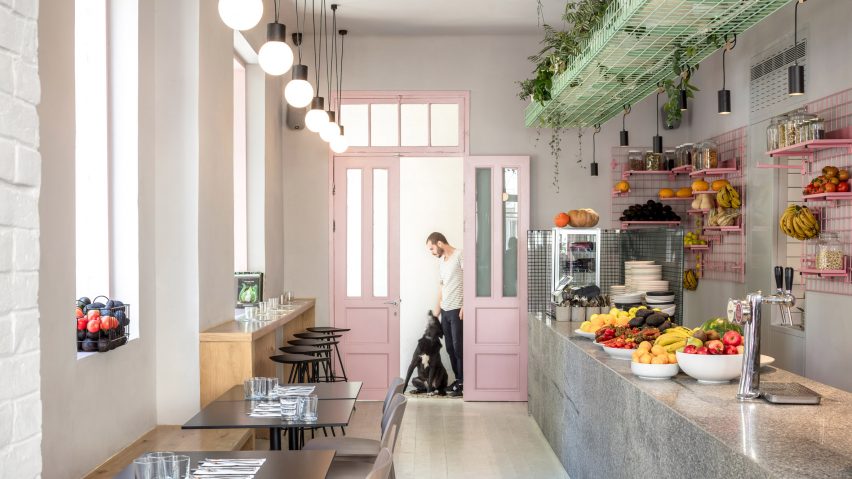
Tel Aviv's creative scene has "grown tremendously" say designers
The "fast-emerging design scene" in Israeli city Tel Aviv is evident in the breadth and volume of recent apartment renovations, boutique hotels and eateries, according to local talent.
Long known as the creative heart of the small Mediterranean country, Tel Aviv's design scene has exploded in recent years thanks to the efforts of architects, interior designers, and other industry professionals living there.
"Tel Aviv design wasn't always this alive, but for the past five years it's grown tremendously," said Nurit Koniak, who founded branding agency Studio Koniak – one of many based in the city.
"Despite the fact that Israel is a small country, there is a strong awareness for global brands, as well as a fast-emerging design scene," she said.
Design-focused projects are transforming Tel Aviv
Evidence for this surge in creativity can be seen in both privately commissioned projects – like new hotels, homes and offices – and public-facing venues and events.
"Pop-ups, gallery openings and art fairs are extremely common these days," said Koniak. "The culinary scene, bespoke craftsmanship and industrial design are especially interesting to discover."
"Everywhere you look, there's a creative collaboration going on," she said.
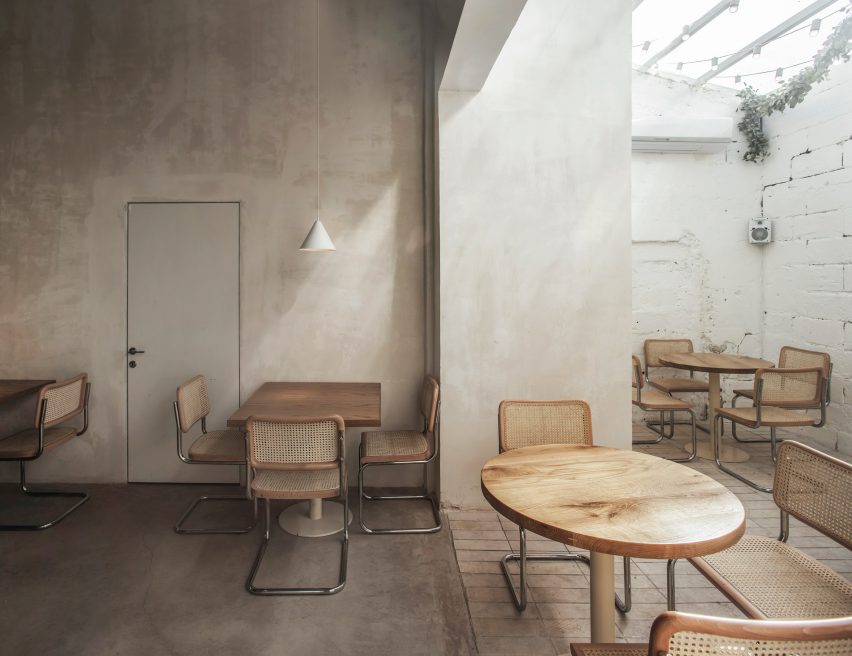
Established in 1909, Tel Aviv is still a relatively young city. Revered for its beach culture, food scene and nightlife, the city is also now becoming a design destination for the growing number of visitors who travel there each year.
"As a young country there has also been an attempt to find a voice – respecting our backgrounds and roots while creating and renewing," said interior designer Maayan Zusman, who is behind several renovations of Tel Aviv's Bauhaus-style apartments.
"Tel Aviv in general has turned into a real social hub," she continued. "It's a really cool city with a unique vibe, attracting many people both locally and from abroad. It's flourishing in many cultural aspects and design is a part of this process."
Renovations continue to revitalise historic buildings
Zusman's projects, which range from home interiors to plastic surgery clinics, demonstrate a revived interest in preserving Tel Aviv's abundance of UNESCO-protected Bauhaus buildings.
In an area known as the White City, over 4,000 modernist buildings were constructed in the 1920s and 1930s by Jewish architects seeking refuge from the rise of the Nazism.
Although many of these structures were neglected for decades, the renewed interest in design and architecture has led to large efforts to breathe new life into them.
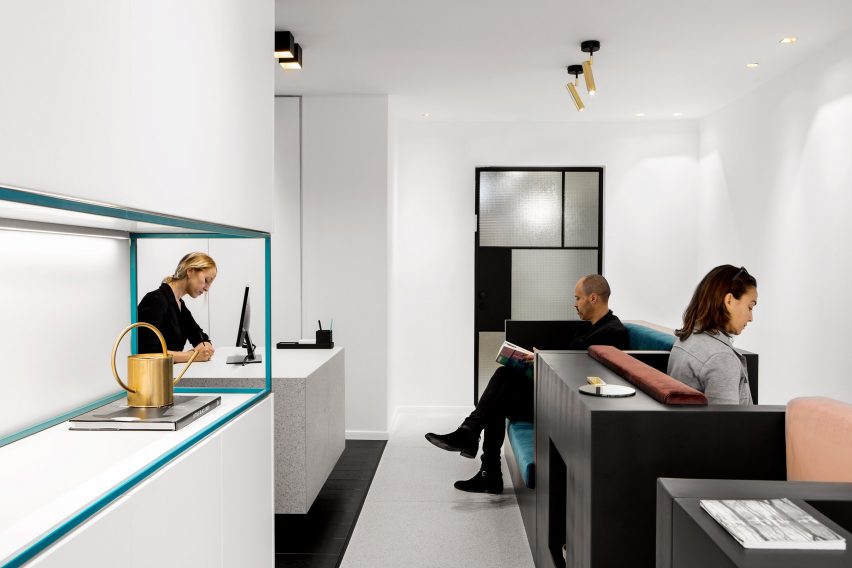
"There is a growth in the number of renovation projects in the city," said Yael Perry, another interior designer working on these types of overhauls. "Many of the Bauhaus buildings are being restored, as well as their apartments."
Some of the area's historic buildings, which date back much further, are also being transformed. Boutique hotels and hospitality spaces have opened in restored buildings in nearby Jaffa, like John Pawson's Jaffa Hotel in a former convent, and the Yoko Kitahara spa in an ancient Ottoman residence.
Several buildings in this ancient port city have also been turned into contemporary residences that retain elements of the existing architecture.
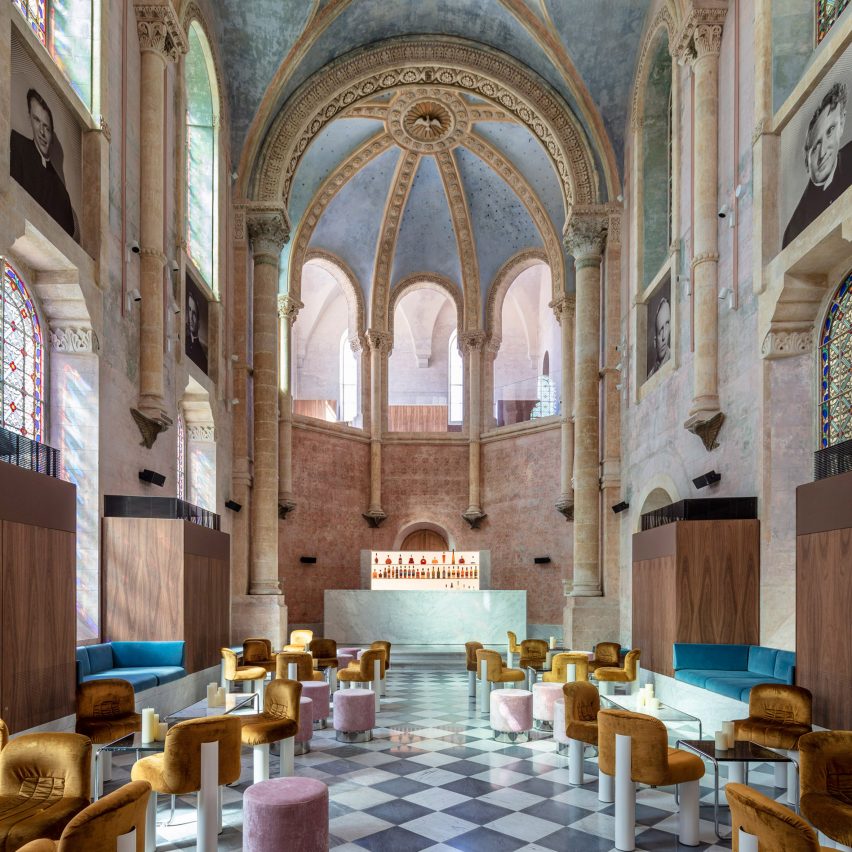
Closer to the modern city centre, a handful of historic properties have also been converted into boutique accommodation in recent years – partly fuelled by the tourism boom.
One of the most notable is the Norman Hotel, located in two restored townhouse buildings from 1925, refurbished by Yoav Messer Architects with interiors by David D'Almada at Sagrada-London. Other examples include Hotel Rothschild, Hotel Montefiore and Vera Hotel.
"In design, there is also an attempt to create, renew and produce while trying to keep the balance of preserving the old," said Zusman.
Skyscrapers and modern developments spring up in Tel Aviv
But Tel Aviv isn't only looking to the past. Multiple skyscrapers and other modern amenities have sprung up recently – a sign of the city's prosperity and ambition.
"During recent years the standard of living has been raised, parallel to the general global trend," said Galit Golany, co-founder of Tel Aviv-based Golany Architects.
"This was followed by a raised standard of construction, and the availability of more materials and products," she added. "This proves to have had a positive contribution to the fields of design and architecture."
The scale of architectural developments in the city continues to grow – KFP recently unveiled plans for a 340-metre-high supertall skyscraper that is set to become Israel's tallest.
"In recent years, modesty that was prevalent previously, also in high-budget projects, have been eased up, and there is now no fear to show-off," Golany said.
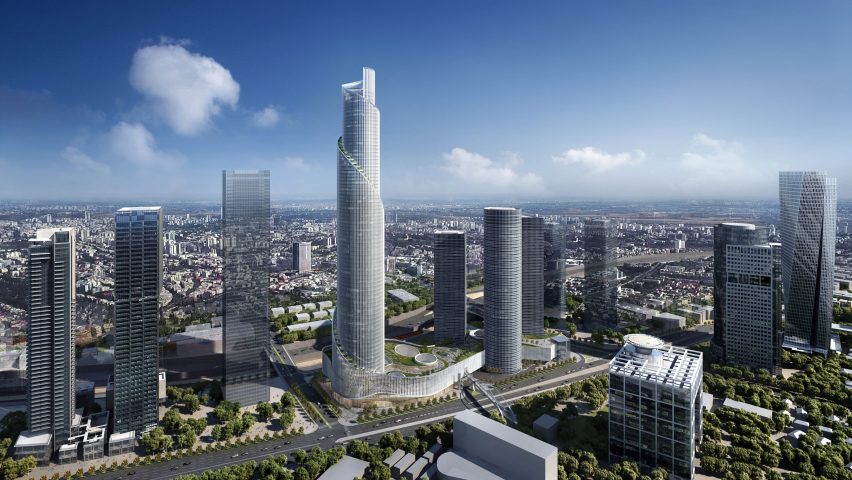
What's more, Tel Aviv has become a hub for tech innovation and entrepreneurship. Since Israel branded itself as a "start-up nation" – coined in a 2009 book outlining the economic success of such a young, small country – companies and talented workers have flocked to the city to capitalise on the opportunities available.
"Being the biggest and the most modern city in Israel, Tel Aviv attracts talent investment and a demand for good progressive design," said interior designer Gali Amit, co-owner of Amit Studio.
However, life for architects and designers in Israel is not without its challenges. Tel Aviv is largely considered a safe city for residents and visitors alike, but political and social instability in the region remains a concern.
"Israel's security concerns and technology focus have yet to allow design and architecture to be a paramount consideration in development," said furniture designer Sarit Shani Hay. "As there is limited support for creativity within the planning infrastructure, it seems designers have to make initiatives themselves."
"Having said that, in recent years the design scene has undergone changes," she added.
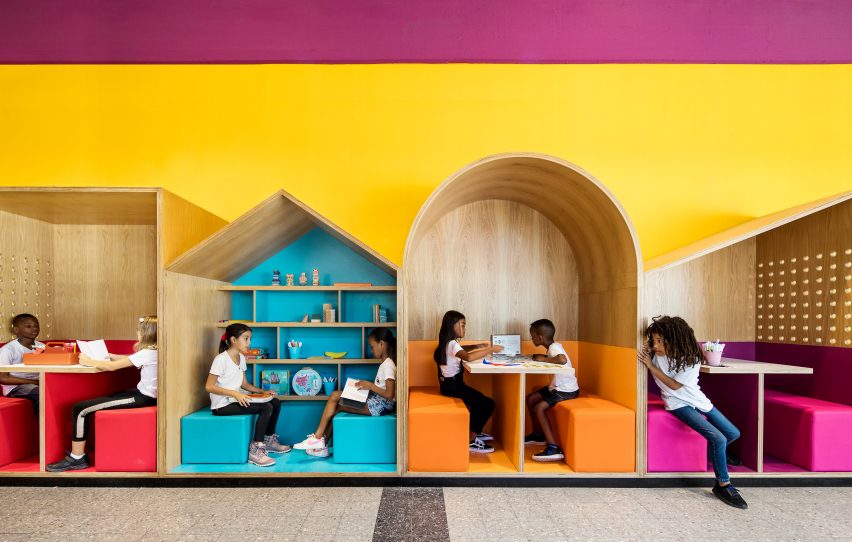
Dalit Lilienthal, another interior designer based in Tel Aviv, also acknowledges the issues faced by the nation, but believes that design is flourishing there nonetheless.
"Although we may be a complicated country, people are exposed to design and how it affects daily life," she said.
"And the more people are aware of the benefits of design, how good design can improve living, they are more interested and acknowledge the meaning of hiring an architect/interior designer."
Tel Aviv has seemingly found its place as an important hub for design. Architecture projects large and small, interiors that blend the historic and contemporary, and designers that work across technology, branding and products all point to ongoing success for those working in this cosmopolitan creative oasis.